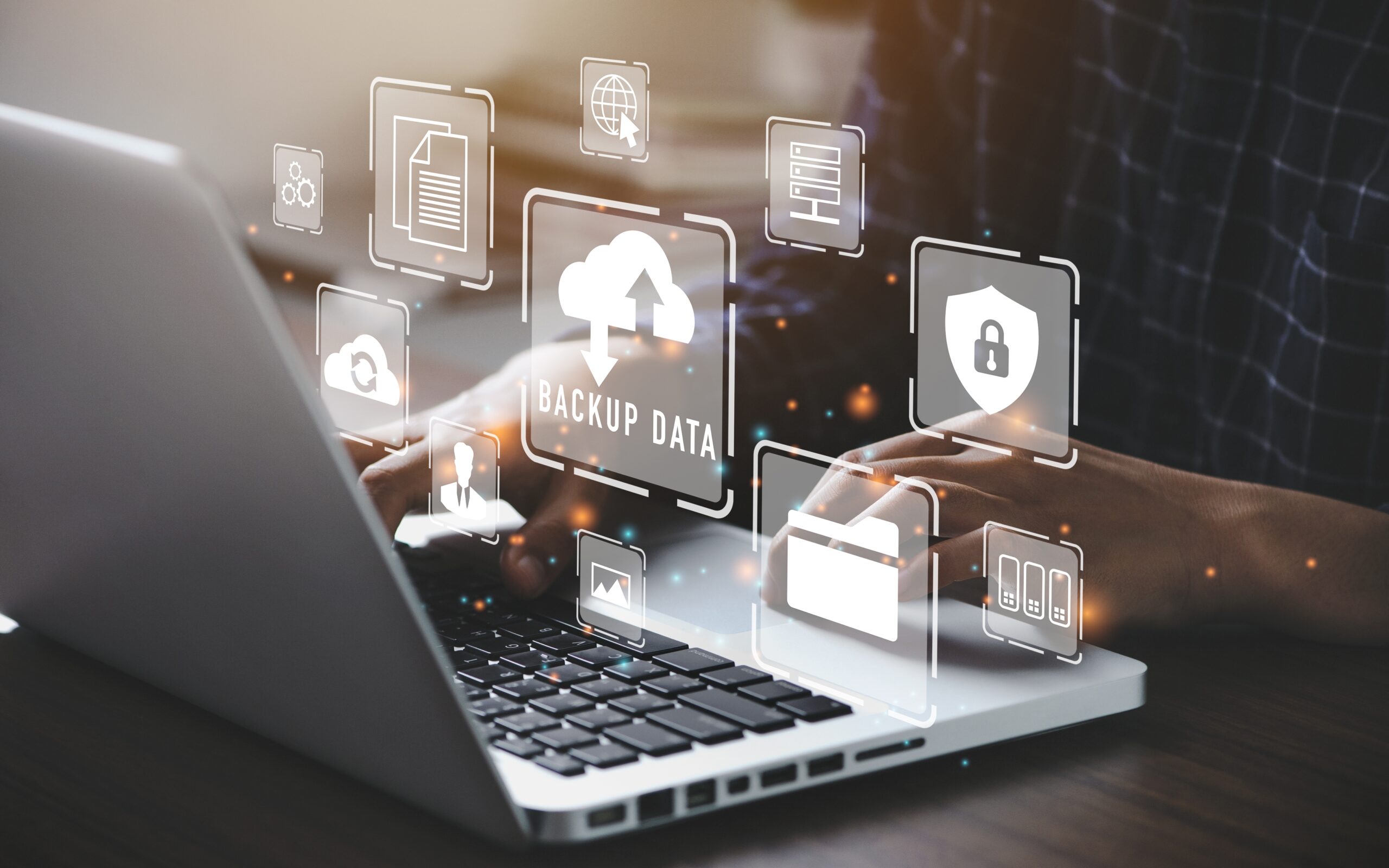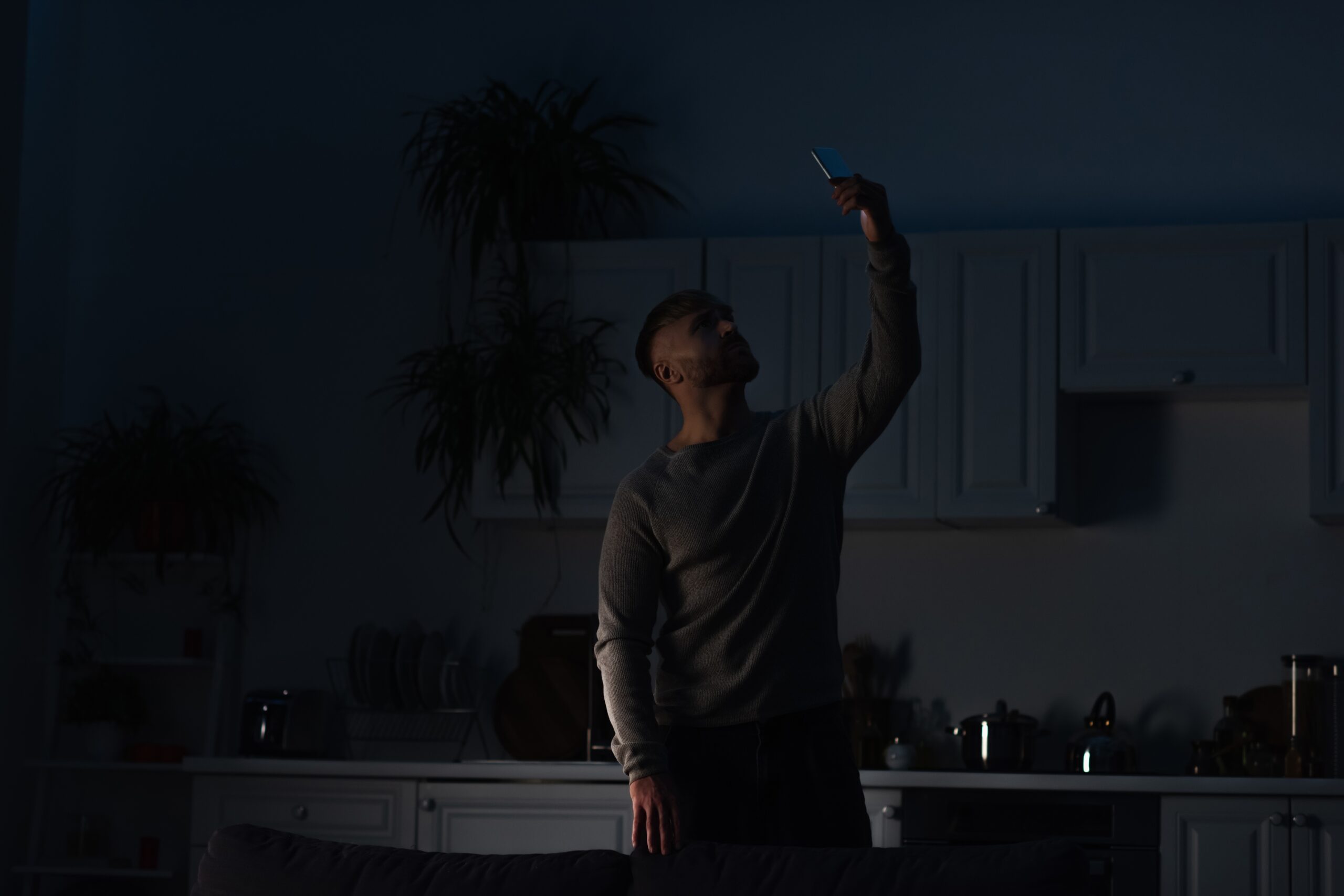Tablets can do almost everything a computer can these days, which is pretty amazing when you think about it.
One of the more common issues people have with these devices though is the battery life. Some simply don’t make it through the day. If you have an Android tablet, there are actually a number of steps you can take to extend how long your device lasts between charges.
Below are five tips on how you can extend the length of time you can use your Android tablet without having to recharge.
Before you start you need a benchmark
Before you do anything, you need to know just how much power your tablet is actually using. What you should do is create a benchmark. This can be done by:
- Unplugging your device from any power source.
- Opening Settings and scrolling to DEVICE.
- Tapping on Battery and noting the % your battery is at.
- Using your tablet as you normally would for 2-3 hours.
- Looking at the % again to see how much of the battery has drained.
Below the percentage is a list of actions and power draining processes, along with how much of the battery drain each process is contributing. Once you have noted how much power is being used, try these power saving tips:
1. Reduce the brightness of your screen
Believe it or not, the screen can be a massive drain on power. If you have the brightness level cranked to max you will notice a drastic drop in the time your battery lasts. Try turning down the brightness as low as possible. You can adjust the brightness by going to your device’s Settings, tapping on Display followed by Brightness. Slide the slider to the left to lower the brightness or the right to increase it.
After each change, use the tablet for the same amount of time as you did in the benchmark and see how much of a difference there is. You may be able to get an extra hour, or more, out of your device by simply decreasing the brightness.
2. Manage your data connections
Many tablets now come with mobile data like 3G or even 4G. While being able to access the Internet from anywhere is great, being always connected can really drain the battery, especially if you live in an area with spotty connection.
Unless you are streaming content, you don’t really need to be connected to 4G. You can turn it off by going to your device’s Settings, tapping on More… under Wireless & Networks, followed by Mobile Networks, and then Network Operators. You should then be able to pick between CDMA or LTE. Select CDMA and 4G will be turned off. Note: This will only work if your tablet supports 4G/LTE.
Also, some users leave their tablet’s Wi-Fi radio on even while they are connected to a mobile data network. This has been known to drain your battery as well because your tablet will always be searching for a Wi-Fi network. If you are using mobile data, say on the way into the office, turn off Wi-Fi on your device. This can easily be done by opening Settings and looking for Wi-Fi under Wireless & Networks. Slide the button beside Wi-Fi from On to Off.
3. Turn off unimportant notifications
It seems like nearly every app you install comes with notifications. Many of these are likely less than important. On top of that, they also cause battery drain because the program is constantly telling your tablet to go online and look to see if there are any new notifications. It is a good idea to turn these notifications off.
The easiest way to do this is to go into your device’s Settings and look for Apps under Device. Tap on it and you will see a list of all apps installed on your device. Tap on one and look for a box that says Show notifications. If there is a check, this means that it is telling your device to look for updates, etc. Uncheck it to turn off these notifications.
4. Turn off the GPS
A popular use for tablets is as a navigation tool in the car, largely because of the bigger screen and the fact that most tablets have a GPS receiver. While useful, it can be easy to forget to turn off the GPS when you aren’t using it. Android currently allows apps to get location information from GPS satellites, and this means that they will likely cause an increased power drain.
If you don’t need your tablet to provide accurate location based information, you can turn off the GPS connection by going to Settings and looking for Location access or Location in the Personal section. Ensure that GPS Satellites isn’t ticked.
5. Watch out for widgets
Widgets are a feature of Android that many users love. These smaller versions of apps provide detailed information with usually on one or two features. For example, one of the Gmail widgets shows your main Inbox. When you tap on an email, the app will open. While these are useful, they can drain the battery.
It is therefore a good idea to get rid of widgets you don’t really use. This can be done by pressing on the widget for a second or two until it lifts off the screen a bit and you see Remove appear at the top of your screen. Drag the app over Remove and let it go. This will take it off of your screen.
In order to get longer battery life out of your device, try playing around with different settings. Compare this to the benchmark you established earlier and see if battery life increases. If you optimize correctly there’s no reason why your tablet shouldn’t last for up to 10 hours with normal use.
Looking to learn more about Android tablets and how they can help your business? Contact us today, we’d be happy to have a chat.







